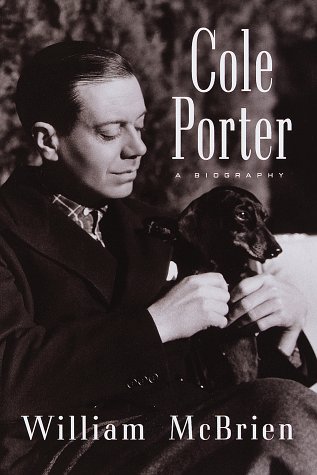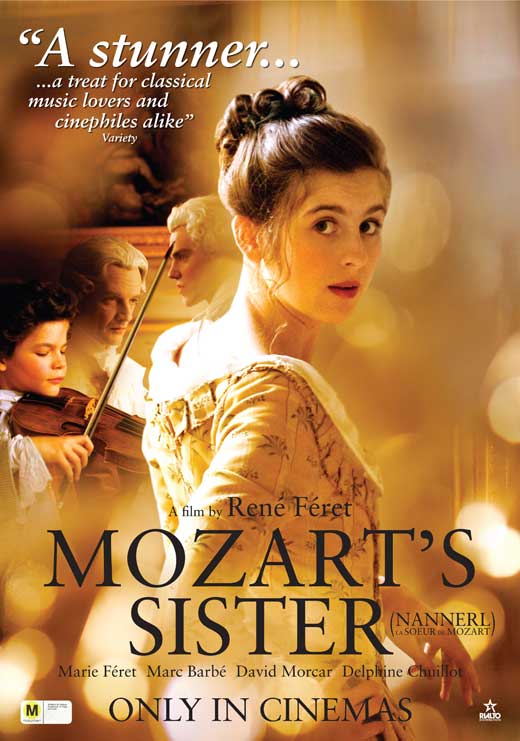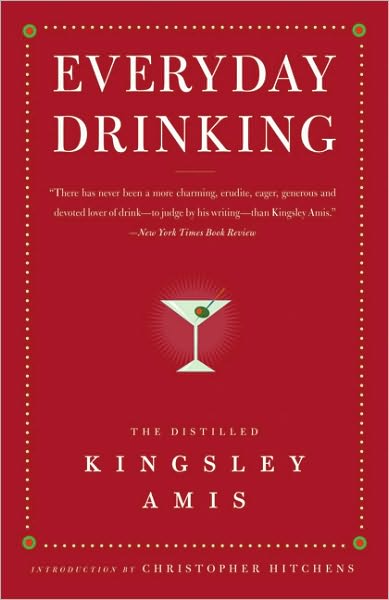
Recently, I finished reading “Cole Porter: A Biography” by William McBrien (New York: Alfred A. Knopf, 1998 [ISBN: 0394582357]; 459 p.; illustrated).
As a long-time fan of Frank Sinatra, I have always had great admiration for the talents of songwriter Cole Porter; Sinatra recorded many of Porter’s songs – some, multiple times, often with different arrangements. Like many people, I respect Porter for his ability to write meaningful, witty lyrics that can be insightful – many of which frequently contained clever rhymes. Hearing stories over the years about interesting aspects of the man’s life, I became increasingly curious, so I sought out a book on his life in order to answer many of my questions. Based on the result of reading a review in The New York Times, I wound up settling on McBrien’s book.
The book covers Porter’s life from his childhood in Peru, Indiana up to his death at the age of 73 on October 15, 1964. By many accounts, Porter was quite generous, showing his appreciation of people by not only lavishing them with gifts but also by socializing and inviting them to a great number of parties he was known to throw – quite a few attended by show business celebrities and members from the upper crust of society in those days. At the same time, however, he developed quite a reputation for being cruel and abrupt with people due to his impatience for lateness and strict adherence to formality.
Unable to completely deny his homosexuality, Porter insisted on continuing a great many affairs, long after he married a divorced socialite, Linda Lee Thomas. From the outset, it would seem that the marriage was one of an arrangement – Thomas had suffered from an abusive first marriage and was merely looking for a male companion to see her through her many social engagements. Porter, on the other hand, needed to use her as a “beard” for the purposes of career advancement; in the meantime, however, he would arrange a great many parties in her absence that were attended by his gay friends and their guests while she would either remain at home due to various illnesses or travel, if her heath condition permitted.
Arguably, the turning point in Porter’s life was when he suffered a horseback riding accident near his Long Island mansion. With bones crushed in both of his legs when a spooked horse fell on him, Porter underwent dozens of surgeries over a period of decades, suffering a great deal of physical pain and psychological depression all the while. Needless to say, this experience had both a personal and professional impact on him. After years of discomfort and countless infections, he ultimately wound up with one of his legs getting amputated towards the end of his life.
I found the book to be extremely well researched and definitely recommend it to not only any Cole Porter fan, but also, to anyone who loves classic Broadway musicals or to any aficionado of tunes from The Great American Songbook of the 20th Century. Clearly, the author read volumes of books and articles about his subject but also, interviewed people from that era and included a great many quotes from correspondence between Porter and his wife to their friends. A gifted yet troubled – and, at times, tormented – man, Porter’s life is a fascinating tale well-told by McBrien in this lovingly crafted book.





